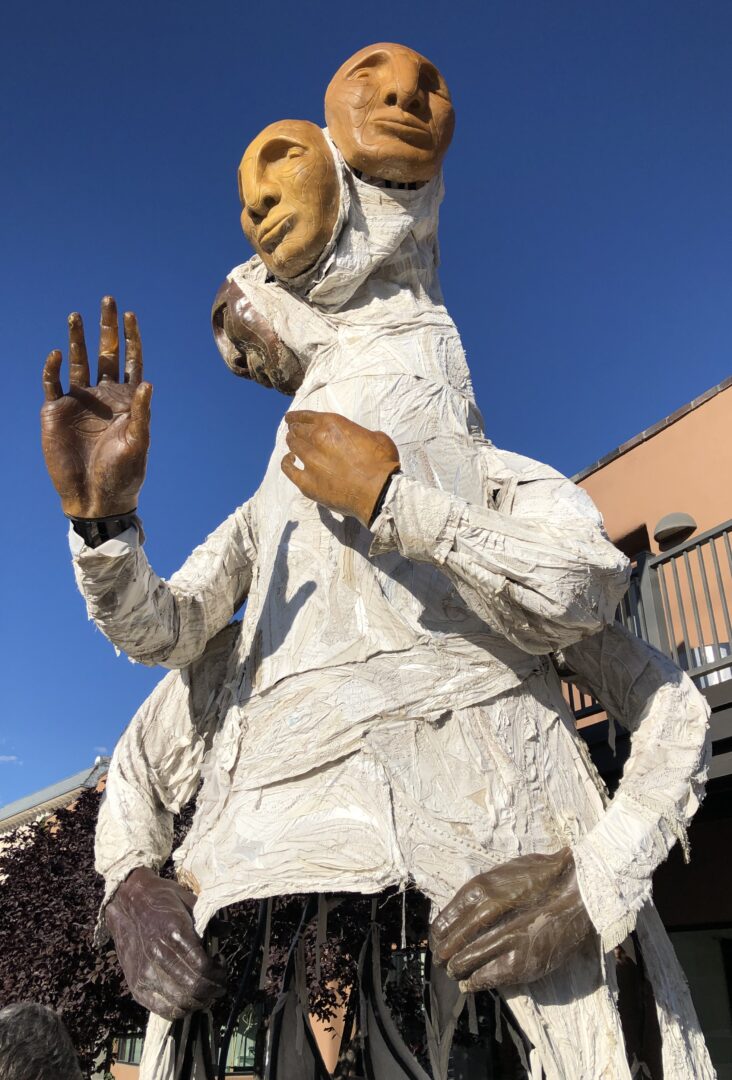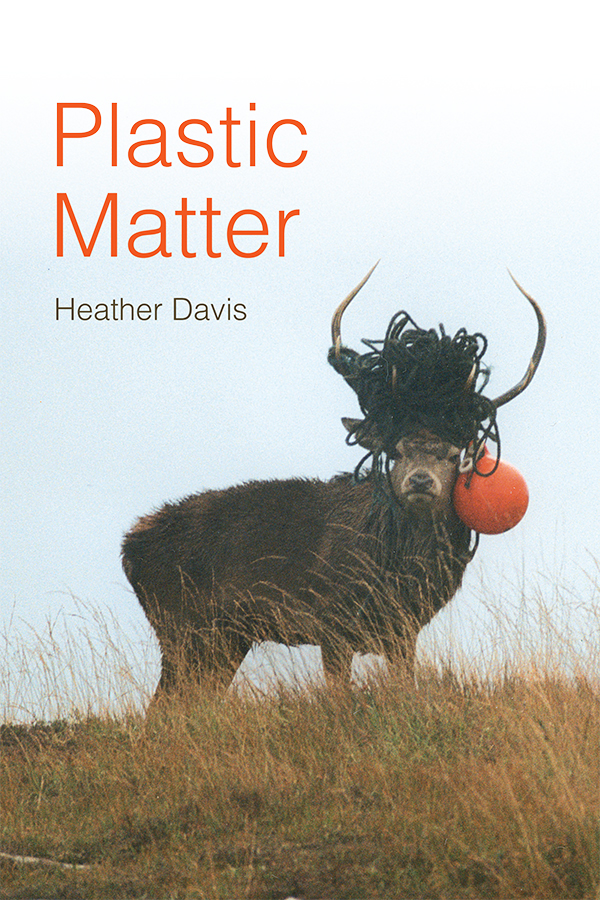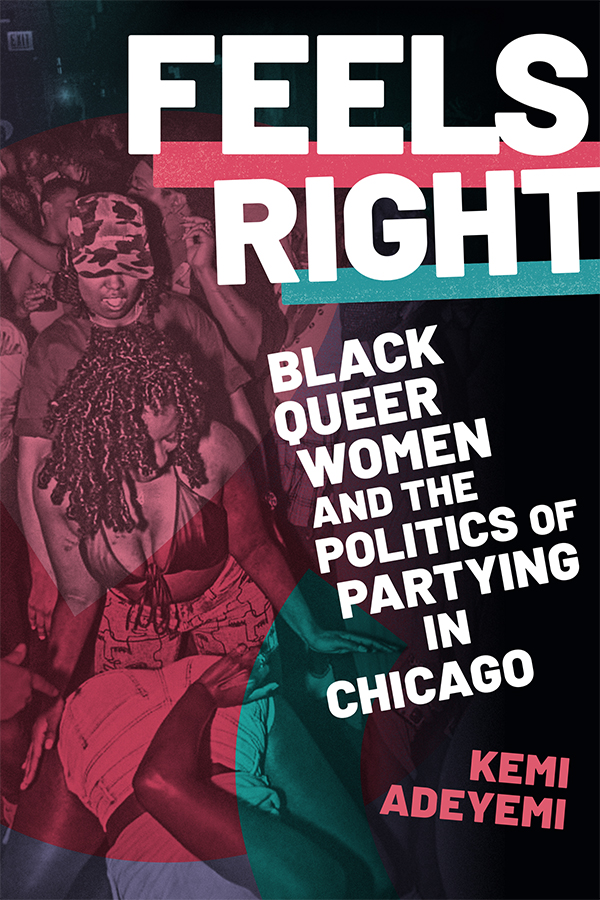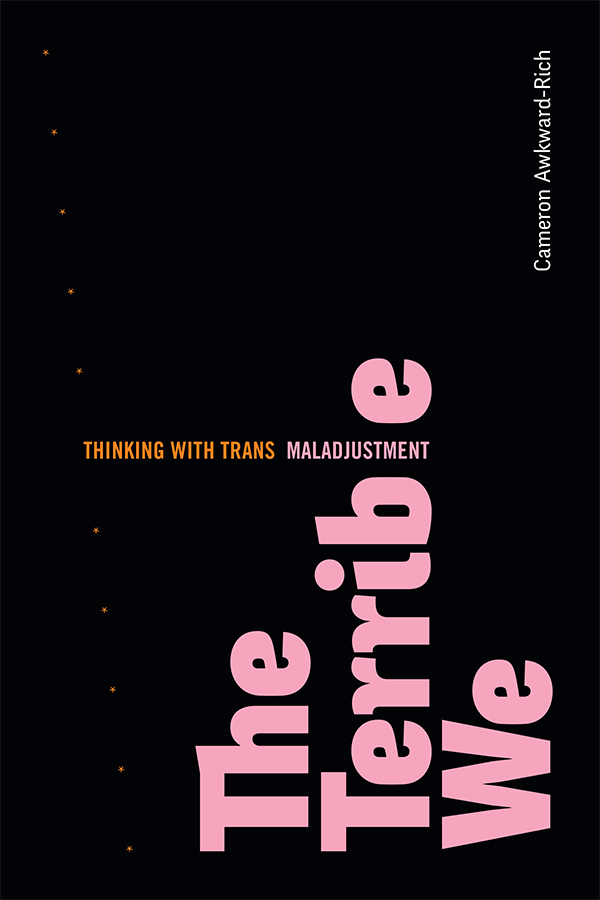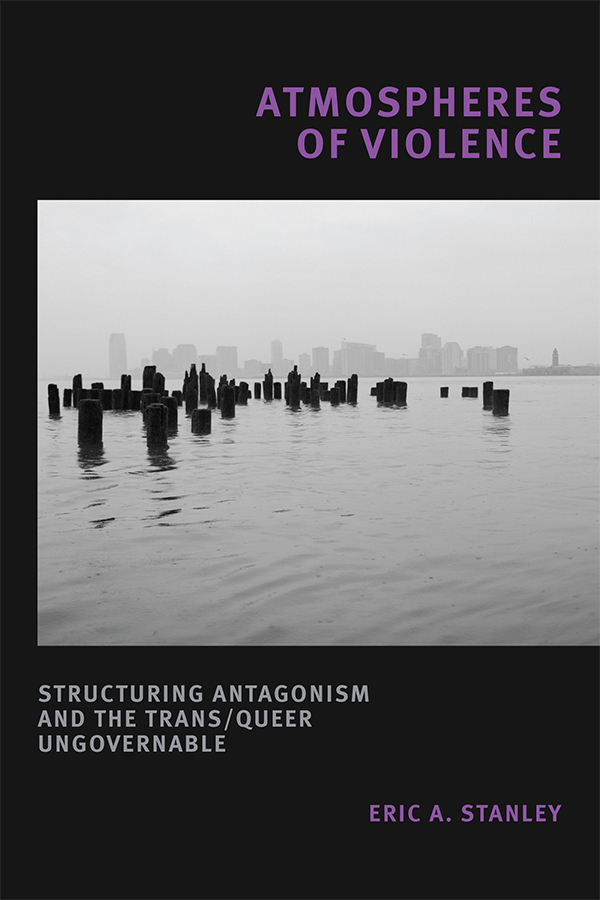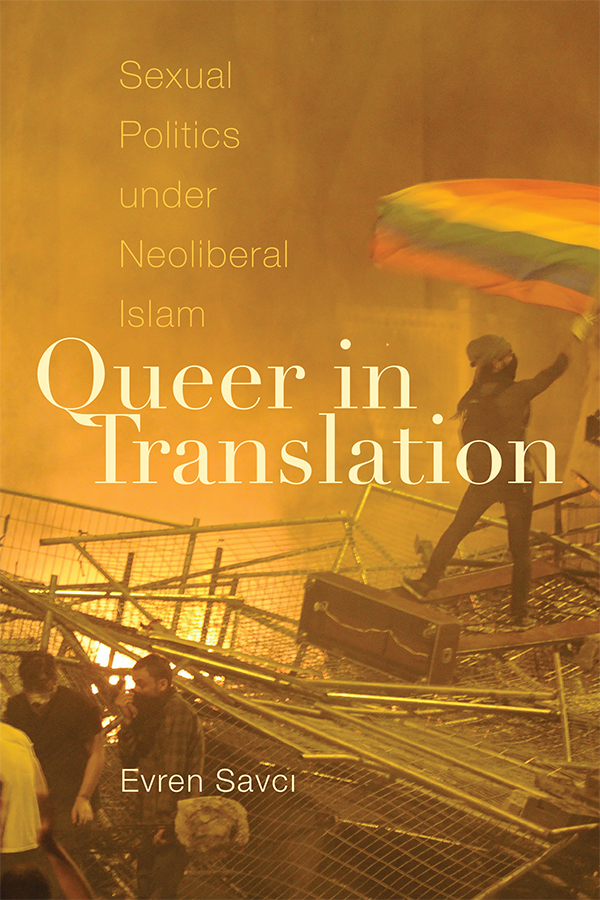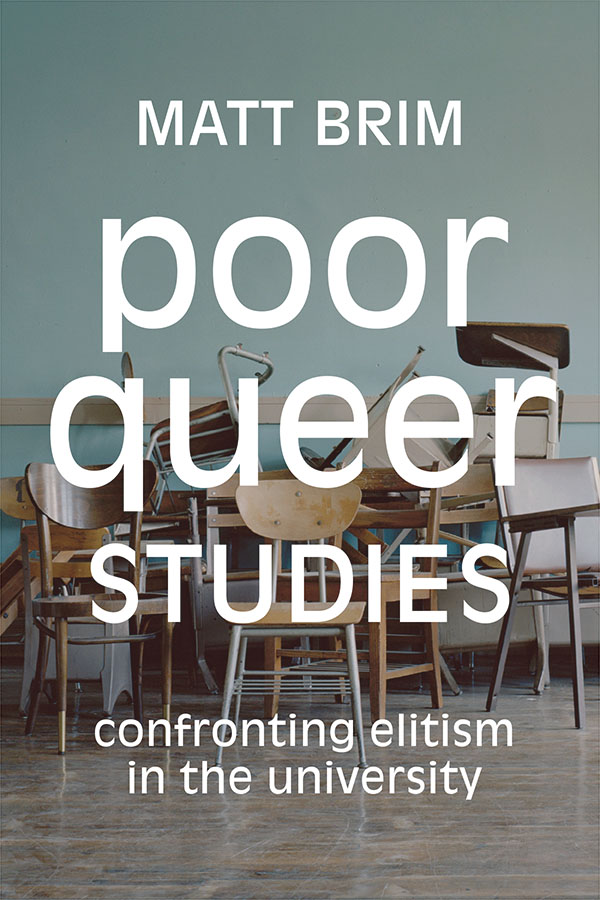I am addressing this paper to other white temporarily-able-bodied settler feminists interested in moving, not just toward a queer (queerer?) horizon, but toward a nonbinary liberatory futurity as a collective political aspiration (not an identitarian goal of self-actualization). In this paper, I consider how we might mobilize the nonbinary as a freedom practice, a practice building toward a future where we are all free. Imagining and creating a liberatory inclusive future necessarily requires dismantling the constrictions of reproductive futurity, constrictions built on binary analytics. This paper begins with an outline of how a sense of urgency, legal and medicalized frameworks, and anti-victimism have dominated post- Dobbs responses and reinvigorated an allegiance to retrograde, repressive reproductive futurity. This brief discussion of post-Dobbs responses sets the stage for an exploration of a more expansive, inclusive, collective futurity beyond the settler state, a freer futurity made possible by mobilizing a nonbinary intersectional critique anchored in queer/crip/Indigenous analytics.
Keyword: queer
Review of Plastic Matter by Heather Davis (Duke University Press)
Heather Davis’s Plastic Matter sheds light on the implications of plastic’s synthetic universality, inviting readers to reflect critically on their relationship with plastic material and also with matter more generally. She outlines concepts such as plasticity and globalized unlocality, arguing that plastic’s ability to take on various forms contribute to ecological disruptions, biological harms, and social inequalities. Davis highlights how plastic is an everyday, ubiquitous material whose harms are unevenly displaced with regards to race, sex, and class; for example, as waste that is continually dumped on the global South. She further details how the systems designed to handle plastic’s excesses cannot contain it, leading it to swell out and impact more communities, human and beyond. The book critiques dominant narratives of plastic as an ideal of Enlightenment progress, while emphasizing the complexity of plastic and the ambiguity of its role and our relations with it. But Davis also argues that thinking with plastic invites queer relationships with new kin. Davis thus encourages readers to think beyond plastic’s simple ubiquity and to challenge the apparent plasticity of matter.
Review of Feels Right: Black Queer Women and the Politics of Partying in Chicago by Kemi Adeyemi (Duke University Press)
Following the movements of Black queer women on queer dance floors in Chicago, Kemi Adeyemi shows how race, feeling, and the geography of the neoliberal city are spatially entangled. Black queer women’s moves on the dance floor reveal, navigate, bend, and upset those entanglements that overdetermine their rights to feel, to belong, and to take place in the city. Black queer women do not dance to escape the realities of their everyday lives. Rather, they dance for moments where they can collectively reimagine, redefine, and reclaim their rights to feel good, their rights to take place in the neighborhoods where they are not “supposed to” take place, and ultimately, their rights to the city.
Review of The Terrible We: Thinking with Trans Maladjustment by Cameron Awkward-Rich (Duke University Press)
Simultaneously a project of metacritical reflections about disciplinary foundations at the intersections of the academic fields of transgender studies, disability studies, and Black feminist studies, and a series of close readings of cultural texts and artifacts central to those disciplinary developments, Awkward-Rich’s book is intellectually generous, beautifully written, and deftly argued. Critically investigating the production of disability and transgender theories, forged interdependently and through distancing trans authority from the specter of madness and disability, The Terrible We traces conflicts among trans, queer, and feminist perspectives in closely reading foundational texts and cultural contexts. It presents an invitation to consider forms of maladjustment a productive resource rather than an impediment to trans life, thought, and creativity.
Review of Constellating Home: Trans and Queer Asian American Rhetorics by V. Jo Hsu (The Ohio State University Press)
Constellating Home: Trans and Queer Asian American Rhetorics by V. Jo Hsu examines how queer and trans Asian American (QTAPI) individuals have reshaped the narratives around their belonging in the United States or elsewhere. Hsu recognizes the ways pervasive narratives like the model minority myth have imbued the meaning of Asian American belonging with capitalist, heteronormative, ableist, racist, and patriarchal notions. Exploring oral histories, visual representations, essays, and numerous other forms of rhetoric, Hsu engages in “diasporic listening,” a method that unpacks how QTAPI individuals have wrestled with these pervasive narratives and found ways of redefining their belonging. By focusing on the stories of trans, nonbinary, disabled, and other minoritized groups within the Asian American diaspora, Hsu shows how these diverse and individual stories contribute more robust meaning around being and belonging as an Asian American.
“It Means Possibility”: Manifestations of Isolation in New Queer Cinema
Following the cataclysmic AIDS epidemic in the 1990s, a defiant embrace of the word “queer” and new technology sparked an influx of films by independent filmmakers that were later termed “New Queer Cinema.” As a product of its time, New Queer Cinema interrogates the heteronormativity it conflicts with and thus breeds a reimagining of what queer film can look like. The conflict between queer identity and its heteronormative surroundings drives distance between queer individuals and their communities, as well as larger social structures. This distance leads to a sense of isolation. This article explores themes of isolation within select New Queer Cinema films and offers a potential reference point from which we can understand queer life and cultural production in the midst of yet another global illness—COVID-19. Gus Van Sant’s My Own Private Idaho (1991) highlights isolation from heteronormative social structures, particularly the nuclear family unit. Cheryl Dunye’s The Watermelon Woman (1996) focuses on a curation of queer kinship as a survival tactic in the face of this isolation. Gregg Araki’s Totally Fucked Up (1993) and Thomas Bezucha’s Big Eden (2000) both explore themes of self-imposed isolation. Totally Fucked Up provides an essential New Queer Cinema perspective of this phenomenon; meanwhile, Big Eden challenges assumptions that queer individuals are destined to be isolated by imagining a future in which this is not the case. Themes of isolation are essential to the New Queer Cinema genre as a product of its circumstances. Yet, it also provides a basis from which the possibilities of future queer cinema and culture can be imagined. Understanding this relationship is critical as we begin to understand the effects of structural and social isolation on the queer community as exacerbated by COVID-19.
Review of The Breaks: An Essay by Julietta Singh (Coffee House Press)
Julietta Singh uses an epistolary tradition to meditate on pressing challenges in the contemporary moment. She fixates on a resounding theme: how must we break from existing systems to truly center the most vulnerable in our institutions and epistemologies? In a long-form letter to her six-year-old daughter, Singh reflects on queer life and architecture, family trauma, radicalization, and collective mobilization.
Surviving and Thriving: Queer Crip Pilipinx Kapwa Dream Worlds in Animal Crossing New Horizons
As a queer, crip, genderfluid, and diasporic Pilipinx scholar-activist-educator, my ancestors, communities, and I live at the intersections of multiple sites of oppression and resistance. As someone who is sick, disabled, and neurodivergent, I experienced anxiety, depression, and chronic bodymind pain before the pandemic and even more during the pandemic. Nintendo Switch’s Animal Crossing New Horizons (ACNH) video game kept me afloat during uncertain times. ACNH opened up a whole new alternative universe for me to live in. I meditated more when escaping to my scenic and calming virtual island. I relaxed more when fishing, catching butterflies, and hearing the tranquil ocean waves crash within the game. Building my dream world within my ACNH virtual game contributed to me surviving and fostering deeper friendships with fellow sick, disabled, neurodivergent, queer, transgender, Black, Indigenous, and/or people of color (BIPOC) friends. ACNH became a safe way for us to socialize and it continues to be a source of joy for many of us. I highlight how my experiences with ACNH allowed me to cultivate queer, crip, and decolonial Pilipinx Kapwa dream worlds where all beings including people, animals, land, water, and air thrive together.
On Navigating Paranoia, Repair, and Ambivalence as Crip Pandemic Affects, Or, I’m So Paranoid, I Think Your COVID Test Is About Me
How do my “hermeneutics of suspicion” color this current crisis? In this auto-theoretical essay, I reflect upon the blend of judgment, suspicion, and paranoia that have settled into my body-mind this past year, and how these feelings shape my engagement with people, institutions, and systems. I have been taught that “judgment” is an essential aspect of immigrant and crip safety. Recently, it has become my (crip)epistemology, and I cannot decide whether this is for better or worse. On the one hand, suspicion is productive. It has kept me and my loved ones alive in a time of deliberate death. On the other, it frustrates, disrupting my capacity for connection. I check my temperature constantly, I hear the guilt in my voice when my family in India tell me they have not left the apartment in months, I spend precious time with friends calculating their risk relative to mine, I go to protests but am afraid of the consequences of my solidarity. Drawing on Eve Sedgwick’s essay on paranoid reading practices, Patricia Stuelke’s Ruse of Repair, Sianne Ngai’s work on ugly feelings, Nikolas Rose’s analyses of somatic ethics, and Mel Chen’s theory of racialized toxins, I explore the modalities that paranoia has both enabled and disabled for me. I examine my ambivalent relationship with repair—some reparative practices like mutual aid sustain queer/crip/immigrant community while others like cure constrict our lives. This piece aims to tease out the tensions latent in crip worldmaking between suspicion and generosity, public health and communal care, and paranoia and repair.
Review of Atmospheres of Violence: Structuring Antagonism and the Trans/Queer Ungovernable by Eric A. Stanley (Duke University Press)
Eric A. Stanley’s Atmospheres of Violence: Structuring Antagonism and the Trans/Queer Ungovernable delves into the spectacle and disappearance that racialized anti-trans/queer violence produces. Stanley’s method is archival. By putting surveillance tapes, letters, films, and direct actions side by side, they trace structuring logics of modernity while emphasizing trans/queer practices that have and do escape such violent worlds. While this book underscores violence, hurt, and loss, it is more accurate to classify it as a text that tenaciously holds onto the possibility of livable worlds otherwise.
Review of Remembering Our Intimacies: Moʻolelo, Aloha ʻĀina, and Ea by Jamaica Heolimeleikalani Osorio (University of Minnesota Press)
Jamaica Heolimeleikalani Osorio foregrounds the intimate in aloha ʻāina, a Kanaka Maoli conception of caring for land, or that which feeds. She provides a close reading of the classic Hawaiian epic Hiʻiakaikapoliopele alongside contemporary Kanaka Maoli battles with settler colonialism and heteropatriarchy. Osorio engages the uniquely Kanaka Maoli genre of moʻolelo by modulating seamlessly between the interpersonal and structural, analysis and composition, and the nineteenth century and the present day.
Wasted: Wastewater, Hygiene Theatrics, and Contaminated Imaginaries
This collaborative essay takes up three pungent streams of wastewater to address how environments, politics, communities, and power are mediated by liquid waste: urine, feces, and everything else recklessly flushed down toilets, washed down drains, stored in pits, and dumped in the ocean. “Wasted” looks to the multi-scalar worlds of wastewater by centering waste sites and COVID-19 concerns regarding wastewater virality. First, our tour of Santa Barbara’s El Estero Water Resource Center brings us to the variegated, embodied, multi-sensory, and multispecies communities of wastewater. El Estero provides an odoriferous infrastructural current through which we follow wastewater and the socialites and environments it mediates on California’s Central Coast. We then move to the ways wastewater has been interwoven with global pandemic fears to address how human waste retains infectious COVID-19 viral material even after it has been flushed away. COVID-19, in other words, haunts the infrastructural ports through which wastewater is funneled. We conclude with wastewater’s epochal effects within the Anthropocene. Throughout, we offer the term “hygiene theatrics” to identify how the performance of hygiene, cleanliness, and purity rely on dichotomous constructions of dirtiness and cleanliness that reinforce structural power dynamics including racism and homophobia. “Wasted” is a collaborative feminist and queer experiment in form and methodology that explores wastewater as both a material reality and a theoretical apparatus that is informed by and contributes to the environmental humanities, infrastructure studies, and feminist and queer science studies.
Alter Egoing: The Shifting Affects of Janelle Monáe
In this article, I use alter egoing as a heuristic, a method for solving the problem of the evolving alter egos of Black women in popular music. When alter egos are analyzed through this lens, the refashioning of artistic imaginaries become legible as intellectual labor. The intellectual labor that Janelle Monáe primarily provides are critiques of notions of womanhood and Blackness in the United States. I understand Monáe’s alter egoing as a reaction to the affective political strategies mobilized in US electoral politics. Former President Barack Obama developed an affective strategy based on his personal brand of optimism, first presented in his book The Audacity of Hope (2006). He developed his signature optimistic politics while he was a senator and he continued to promote his “audacious hopefulness” into his 2008 presidential campaign. Former President Donald Trump’s 2016 presidential campaign also utilized an affective political strategy, as he rallied his supporters around culturally white (male) nostalgia with the cry, “Make America Great Again.” I track the affective evolution of Monáe’s alter egoing from pessimism to optimism in the context of the anti-Black populisms of the post-Obama era (2016–), culminating in a close reading of her 2018 album, Dirty Computer. In identifying Monáe’s troubled relationship with notions of normative identity through her first alter ego, I evaluate the relevance of posthumanism and Afrofuturism, which scholars have used to critique American notions of race, gender, and sexuality. In analyzing the shift in affect from her first alter ego to her most recent, I detect in Monáe’s alter egoing a critical optimism, a disidentifying strategy that begins to take shape in Dirty Computer.
Review of Queer in Translation: Sexual Politics under Neoliberal Islam by Evren Savcı (Duke University Press)
Evren Savcı’s Queer in Translation presents an alternative, both in methodology and analysis, to the Orientalist analytical frameworks typical of Western scholars studying queer politics in Middle Eastern regions. Specifically, Savcı analyzes the rise of Turkey’s Adalet ve Kalınma Partisi (AKP; in English, the Justice and Development Party) to show how the AKP’s increased securitization and oppression of marginalized communities—including, but not limited to, Turkey’s LGBTQ community—is the result of the marriage of Islam and neoliberalism. Savci produces compelling case studies that reveal how Turkey’s weaponization of religion, morality, and capitalism serve to secure the nation against dissenting citizens. From the discourse surrounding the complicated murder of a gay Kurdish man, to unlikely solidarities between religious hijabi women and LGBTQ activists, and the public commons that became Gezi Park, Savci’s critical translation methods reveal how the language to construct and resist securitization in Turkey are far more nuanced than simple attribution to solely Islamist extremism or Western neoliberal influence.
Review of Poor Queer Studies: Confronting Elitism in the University by Matthew Brim (Duke University Press)
The review focuses on the practical work of Poor Queer Studies. Rather than retheorize queer studies from the class perspective of “rich” and “poor,” Brim makes a case study of his work as a professor of queer studies at the College of Staten Island (CSI). Insisting on the particularity of his and his students’ relationship to queer studies, Brim makes an example of the work they do together in the classroom, and the ways they live their studies on public transit, at home with their families, and in their part-time jobs. This review questions the extent to which poor queer studies differs from the modern university’s reduction of all education to career-training. Brim’s praxis of poor queer studies is always undertaken with individual students in specific socio-economic circumstances—a particularity that makes it different than market-driven job-training. This review also raises questions about the general applicability of this case study. Would poor queer studies work elsewhere as it does at CSI? Berlant’s idea of exemplarity is helpful in answering this question. Unlike examples that confirm a norm, there are examples that change norms. Brim’s example of poor queer studies works to exemplarily change what counts as normal. Practically, this means no longer thinking of queer studies as operating without class distinction—and reclaiming part of the work of the discipline from seemingly classless rich queer studies at places like Yale and New York University.
